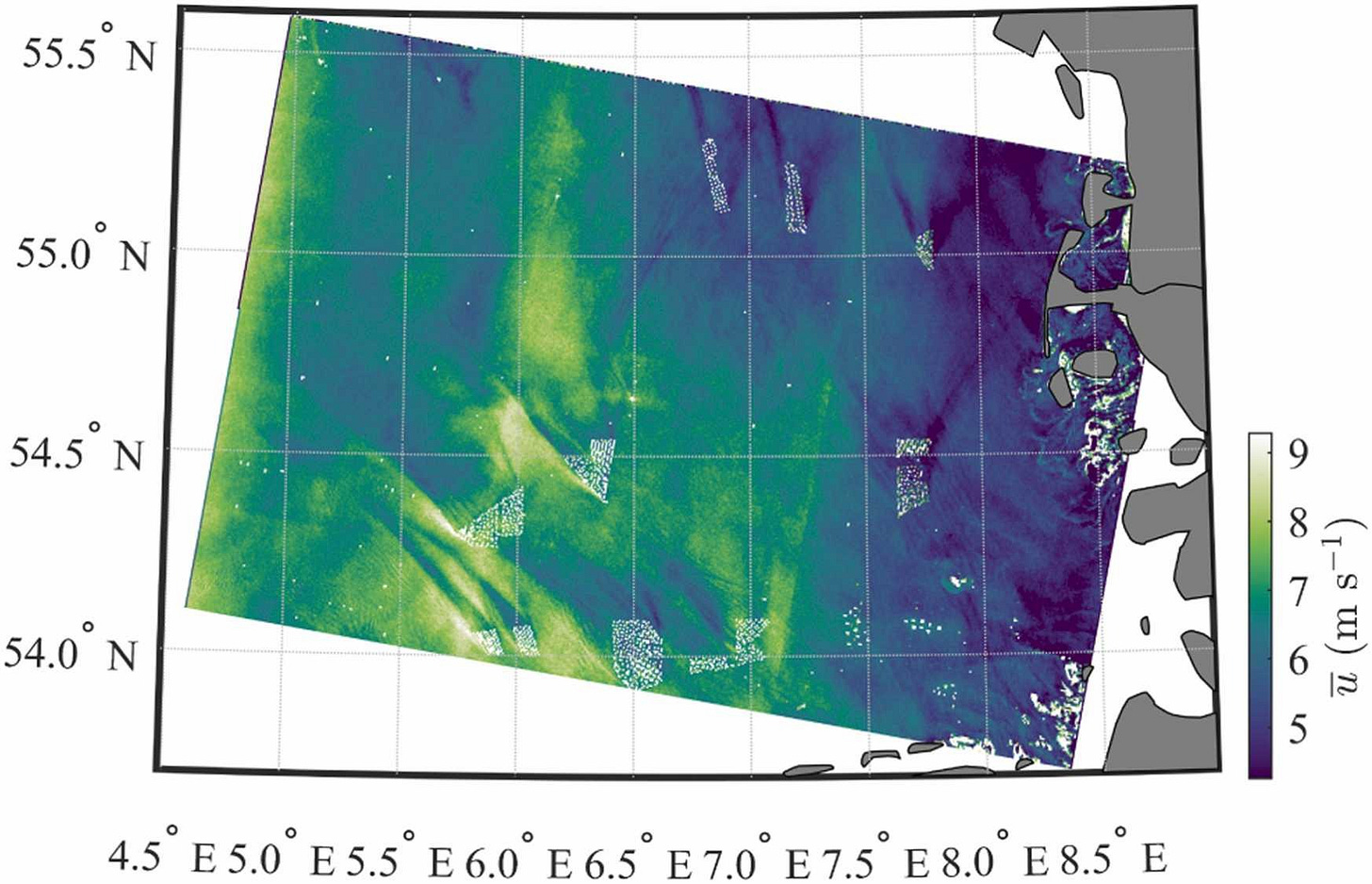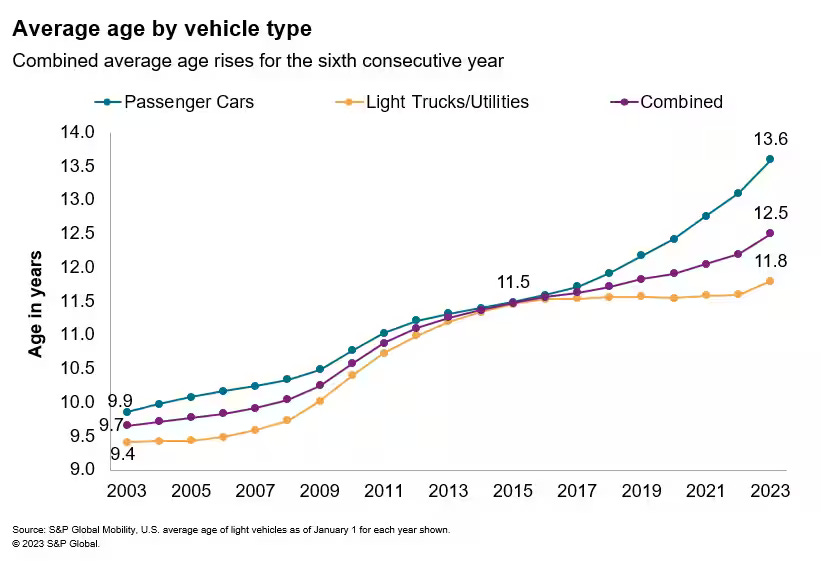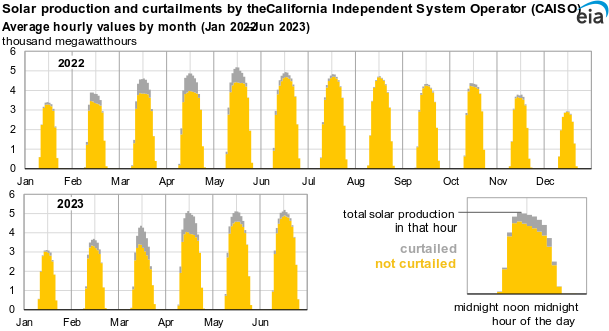Quick Takes and Random Stuff Nov 2, 2023
Salt, wind power issues, EVs, political violence, and more...
Graph of the week
The article The anthropogenic salt cycle from Nature Reviews Earth & Environment illustrates the natural salt cycle and the anthropogenic salt cycle with this cool graphic.
Here is the abstract for the article
Increasing salt production and use is shifting the natural balances of salt ions across Earth systems, causing interrelated effects across biophysical systems collectively known as freshwater salinization syndrome. In this Review, we conceptualize the natural salt cycle and synthesize increasing global trends of salt production and riverine salt concentrations and fluxes. The natural salt cycle is primarily driven by relatively slow geologic and hydrologic processes that bring different salts to the surface of the Earth. Anthropogenic activities have accelerated the processes, timescales and magnitudes of salt fluxes and altered their directionality, creating an anthropogenic salt cycle. Global salt production has increased rapidly over the past century for different salts, with approximately 300 Mt of NaCl produced per year. A salt budget for the USA suggests that salt fluxes in rivers can be within similar orders of magnitude as anthropogenic salt fluxes, and there can be substantial accumulation of salt in watersheds. Excess salt propagates along the anthropogenic salt cycle, causing freshwater salinization syndrome to extend beyond freshwater supplies and affect food and energy production, air quality, human health and infrastructure. There is a need to identify environmental limits and thresholds for salt ions and reduce salinization before planetary boundaries are exceeded, causing serious or irreversible damage across Earth systems.
The USGS has an interactive map (users can also download the data) to quantify changes in groundwater quality. Here is the map for salt:
There is a point here that we all need to recognize. With 8 billion people on the planet, humans use a lot of stuff, and we should expect at least some negative consequences from our footprint on the planet.
Don’t build a wind turbine downwind of a wind turbine
Related to my point above about consequence In the journal Marine Policy, we have the article Gone with the wind? Wind farm-induced wakes and regulatory gaps. (1/2024) To summarize, offshore wind farms create wakes, and if another wind farm is built downwind of an existing wind farm, the downwind turbines generate less electricity as a result of the upwind farm. Here is the graph that shows the wakes:

This is a great example of how humans can impact the planet. Do we know the impacts of erecting large numbers of wind turbines? This article seems to suggest that there are some limitations as to how many offshore turbines we can erect in a given area.
EVs aren’t a panacea
Zeihan makes some good points about issues with EVs in the short video below. I’ll add a couple of points. Here is data on Ford’s losses in its EV unit from Electrek (it must of hurt them to print this, but good on them for being honest):
Despite higher volume, Ford’s EV losses continued to pile up in Q3. Ford posted an operating loss of $1.3 billion, up from $1.1 billion in Q3. Ford’s operating margins fell to -75.6% in the quarter from -58.9% in Q2. The company expects a full-year loss of $4.5 billion for its EV unit.
Ford lost around $36,000 for every EV sold in the quarter. According to the company, buyers are unwilling to pay a premium for their EVs over gas or hybrids, which is pressuring prices and profitability.
As a result, Ford is pushing back around $12 billion in planned investments to boost EV manufacturing capacity.
The average age of a vehicle has been increasing (the graph below is from S&P Global Mobility, 5/15/2023). A big reason for this is that most Americans can’t afford a new car. One estimate is that only 22% of American can afford a new car (10/26/2023). Given that EVs are more expensive, an even smaller percentage can afford an EV if they want one. Even if EVs are more affordable over the lifetime of ownership, the upfront extra cost plus the need to add a charging outlet at home (not sure what you do if you live in a city and park on the street) is more than most people can spend at the time of sale. This suggests that we are a long way from EVs being the majority of vehicles on the road.
The video is worth 5 minutes, plus the comment about CA “not knowing” the source of electricity they import from out of state is entertaining.
Increase in political violence acceptability
After my Tuesday post, W.E.I.R.D. and the new kinship (you should read it if you haven't), I came across this poll data from Time (10/25/2023)
A full one-third (33%) of Republicans say that violence may be the answer. That is ahead of the 22% of independents and 13% of Democrats who agree. But across the board, those numbers are trending in a dangerous direction: when first asked in 2021, 28% of Republicans saw the virtues of political violence, 13% of indies concurred, and 7% of Democrats shared that perspective.
When you no longer have any trust in the “other” group, violence becomes more acceptable.
No water, no problem
Here is a map of the town of Buckeye, AZ, from the Guardian article Pipeline dreams: the desert city out to surpass Phoenix by importing water (10/19/2023).
Buckeye has a limited water supply, and clearly, the heatwaves this summer haven’t diminished their aspirations. One possible plan to get water is to build a desalinization plant in Mexico and pipe the water uphill to Buckeye. Here is a possible ad for Buckeye: Climate change and extreme heat—no worries. No water supply; who needs water? Move to Buckeye, the new Phoenix.
Climate catastrophizing doesn’t work
The definition of insanity is to keep doing the same thing, expecting a different outcome. Here is the title of the Washington Post article: Why many scientists are now saying climate change is an all-out ‘emergency’ - Escalating rhetoric comes as new study shows there are just six years left to keep global warming to 1.5 degrees Celsius at current CO2 emissions rate (10/20/2023). A quote:
On Monday, scientists released a paper showing that the world’s “carbon budget” — the amount of greenhouse gas emissions the world can still emit without boosting global temperatures more than 1.5 degrees Celsius (2.7 degrees Fahrenheit) — has shrunk by a third. The world has only six years left at current emissions levels before racing past that temperature limit.
It seems to me that in reading this quote, the average person is going to shrug their shoulders. It basically says that we aren’t stopping 1.5°C, and since that is a done deal, why change at all? I’m not a psychologist, and so I don’t know what messaging makes sense, but the current language doesn’t seem to be working (see Buckeye above).
I do think the CCAG (Climate Crisis Advocacy Group) makes a lot of sense with their 4R approach: Reduce emissions, research ways to Remove CO2, find ways to Repair our damaged climate, and build Resilience to a changing climate. I think this provides more ways for individuals and groups to engage in positive action.
Your EIA fact of the week
Speaking of CA and electricity generation, we learn this from the EIA article Solar and wind power curtailments are rising in California (10/30/2023):
The California Independent System Operator (CAISO), the grid operator for most of the state, is increasingly curtailing solar- and wind-powered electricity generation as it balances supply and demand during the rapid growth of wind and solar power in California.
Grid operators must balance supply and demand to maintain a stable electric system. The output of wind and solar generators are reduced either through price signals or rarely, through an order to reduce output, during periods of:
Congestion, when power lines don’t have enough capacity to deliver available energy
Oversupply, when generation exceeds customer electricity demand
In CAISO, curtailment is largely a result of congestion. Congestion-related curtailments have increased significantly since 2019 because solar generation has been outpacing upgrades in transmission capacity.
As Zeihan mentions in the video above, more electricity means we need more and better power lines. We don’t just need to build more solar and wind, but we also need major upgrades to transmission capacity, which CA is already experiencing. So, how much will this cost?
The spinning CD
Calling Hours: Curtain Call
Please share and like
Please help me find readers by forwarding this article to your friends (and even those who aren't your friends), sharing this post on social media, and clicking like. If you're on Twitter, you can find me at BriefedByData. If you have any article ideas, feedback, or other views, please email me at briefedbydata@substack.com.
Thank you
In a crowded media market, it's hard to get people to read your work. I have a long way to go, and I want to say thank you to everyone who has helped me find and attract subscribers.
Disagreeing and using comments
I'd rather know the truth and understand the world than always be right. I'm not writing to upset or antagonize anyone on purpose, though I guess that could happen. I welcome dissent and disagreement in the comments. We all should be forced to articulate our viewpoints and change our minds when we need to, but we should also know that we can respectfully disagree and move on. So, if you think something said is wrong or misrepresented, then please share your viewpoint in the comments.









